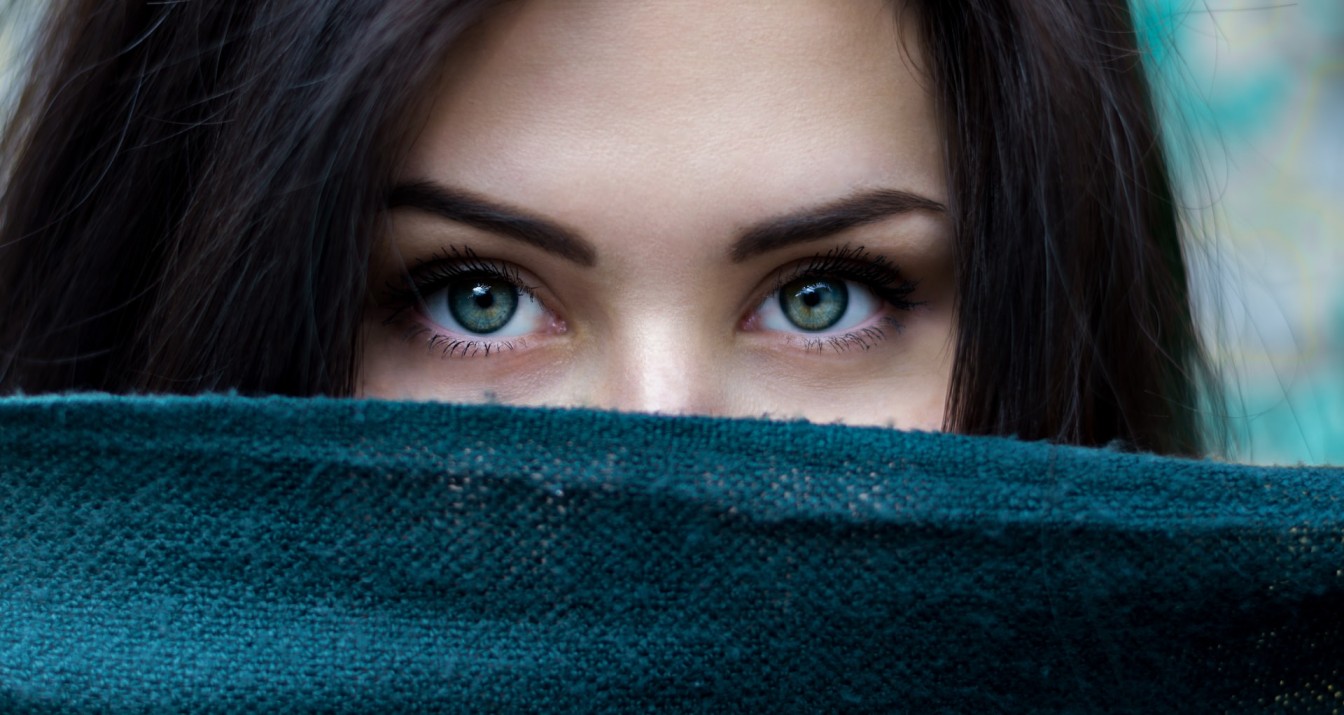Have you ever wondered why eyes look different colors? We all know that not everyone has the same eye color, but have you ever thought about why? The answer lies in the science behind how we get our eye color. Our eyes get their color from a combination of genetics, melanin, and other factors. In this blog post, we’ll explore the science of why eyes look different colors and learn more about the fascinating process behind eye color.
The basics of human eye color
Eye color is determined by the amount and type of pigments within the iris of the eye. The most common pigments are melanin, which gives the eyes their color, and lipochrome, which causes light scattering in the eye. These two kinds of pigments can combine in an imperfect circle of genes to create the range of eye colors we see. The amount of melanin present determines the darkness or lightness of the eye color. Less melanin usually means a lighter shade, while more melanin usually means a darker one.
How melanin affects eye color
Melanin is the primary factor that affects our eye color. The pigment is responsible for the color and texture of our skin, hair, and eyes. Two kinds of melanin exist in our bodies: eumelanin and pheomelanin. Eumelanin is responsible for darker colors such as black and brown, while pheomelanin produces colors such as red and yellow.
When light enters our eyes, it scatters off the two kinds of melanin pigment. The way these two types of pigments interact with the light determines the eye color we have. Different levels of eumelanin and pheomelanin will produce different colors. For example, if someone has a lot of eumelanin their eyes will appear to be dark brown, while if they have a lot of pheomelanin their eyes might appear to be green or blue.
The exact amount of each type of melanin pigment an individual has is determined by an imperfect circle of genes called the melanocortin-1 receptor (MC1R). Everyone’s genetics are unique, so everyone’s eye color is unique too. The amount of melanin an individual has can range from very low to very high, resulting in a variety of eye colors.
Green and blue eyes
Green and blue eyes are unique in that they do not contain any of the two main kinds of pigment found in other eye colors. Instead, these colors are caused by a phenomenon known as light scattering, which occurs when short-wavelengths of light pass through the imperfect circle of genes that are responsible for eye color. This causes some of the light to be scattered, resulting in green and blue hues in the iris. This is why green and blue eyes tend to appear lighter than brown and hazel eyes.
Other factors that affect eye color
Our eye color is mainly determined by the amount of melanin in our iris, but other factors also play a role. One such factor is light scattering. This occurs when light from the environment is reflected off the layers of cells in the back of the eye, which can give eyes a different appearance.
In addition to melanin and light scattering, there are two kinds of pigment that can influence eye color. The first type is called lipochrome, which is found in the stroma layer of the iris and gives eyes a yellow or gold hue. The second type is called pteridin, which is a reddish-brown pigment found in the blood vessels of the iris.
The last factor influencing eye color is genetics. Our eye color is determined by a combination of genes from both parents, but this is not always an exact science. There are often imperfect circles of genes, where some combinations produce unexpected results. This can lead to eye colors that are unexpected for one’s ancestry or family.
